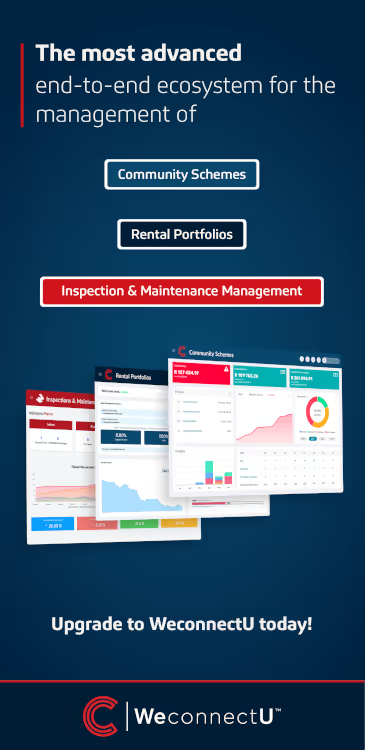South Africa’s Economy: Hard truths, tough medicine, Real upside
- Saville warns: agility beats prediction when volatility dominates markets.
- SA’s industrial depth + commodities create real upside if harnessed.
- Savings stuck at 15% GDP locks us in low-growth trap — must shift.
At a recent conference, Professor Adrian Saville, Professor of Economics, Finance & Strategy at GIBS took a long hard look at the economic challenges facing South African businesses and proposed some bold solutions for overcoming them.
In the words of legendary baseball coach Yogi Berra, “It's tough to make predictions, especially about the future.”
Speaking in the Keynote slot at the recent South African Restructuring and Insolvency Practitioners Association (SARIPA) conference, well-known author and economist Professor Adrian Saville painted a realistic but ultimately hopeful picture of South Africa’s economic outlook.
SARIPA is a non-profit organisation, constituted in 1986, with a nationwide membership of close to 800 insolvency practitioners, business restructuring professionals, chartered accountants, lawyers, bankers, academics, and tax consultants and others involved in liquidation, insolvency and business rescue services. It engages in open dialogue to address challenges affecting its members.
“We’ve seen 1,180 businesses declare bankruptcy this year through September,” says High St Auction Co. director Greg Dart. “This is an almost 4% increase on last year. And in many if not most of these cases, externalities have been to blame. 2025 has been a particularly rough year for business, because of both global instability and local constraints.”
Saville confronted some of these challenges head-on, while suggesting novel solutions to some of the trickier problems faced by South African businesses today.
He began with a warning: prediction, especially for economists, is a tricky business, and provided several examples of instances where it would have been impossible to predict the priorities businesses would face including COVID 19, the inflationary wave which ensued, and the chaotic tariffs regime of the Trump 2.0 era.
He highlighted agility as a critical attribute for businesses in times of uncertainty.
“Agility is the ability to choose your speed to invent, to reinvent,” he said. “How do you win by not doing what your competitors, opponents are doing? That's the essence of competitive strategy.”
He gave the example of Muhammad Ali’s victory against George Foreman in Kinshasa, where instead of trying to fight the champion on his own terms, Ali used the ropes to absorb Foreman’s blows in his famous rope-a-dope strategy that eventually wore his opponent out.
Saville is relatively sanguine about South Africa’s economic future, measuring our performance against six markers: savings and investment, demographics, policy and institutions, education, healthcare, and openness. Although we currently lack the ability to achieve the 6-7% GDP growth chalked up by countries like Ethiopia and Rwanda, he says, some of our fundamentals are promising.
“We have the industrially most complex economy in the region,” he said. “That's good for positioning us to prospective partners. If you're going to build photovoltaic, renewable energy, there’s no better place than South Africa. We also find ourselves in a world with elevated commodity prices. That is good news for South Africa as a small, open, commodity-based economy.”
Among our challenges, he noted, are a relatively low rate of saving.
“Every country that has transitioned to prosperity, has an elevated savings and investment rate of 25% of GDP and higher,” he said. “South Africa's number has been stuck at 15% for 15 years. This puts us firmly entrenched in 1-1.5% growth territory.”
He also pointed to external economic factors in the success of businesses, showing that 53% of a company’s revenue growth and 47% of its earnings growth is explained by GDP growth.
South Africa’s economy has been growing at less than 1% for the last 15 years, outpaced by population growth. This, he said, was both our single biggest challenge and our single biggest opportunity.
He concluded by emphasising the importance of shorter-term planning in the face of uncertainty, drawing a contrast between Malawi’s vision for 2063, and Elle Johnson Sirleaf’s more realistic 150-day plan when she took over the presidency of Liberia in 2006. “You can’t hide from much in 150 days,” observed Saville. “That’s our call to action.”
SARIPA Chair, Jo Mitchell-Marais, said that Professor Saville whose participation was made possible by High St Auction Co, set the tone for the conference in his address, challenging turnaround and restructuring professionals to rethink strategy. “It’s modelling for the unknown,” she said. “That’s how you build resilience”






.avif)

.avif)


.avif)

.avif)




.svg)


.avif)

.avif)







%20.avif)








.avif)
%20.avif)
